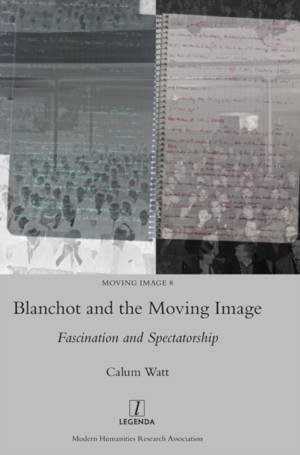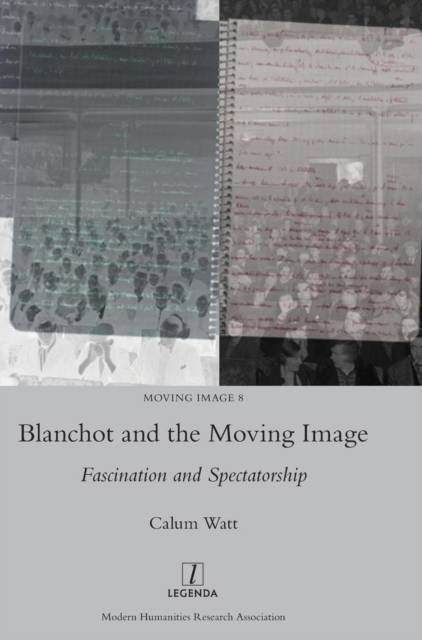
- Afhalen na 1 uur in een winkel met voorraad
- Gratis thuislevering in België vanaf € 30
- Ruim aanbod met 7 miljoen producten
- Afhalen na 1 uur in een winkel met voorraad
- Gratis thuislevering in België vanaf € 30
- Ruim aanbod met 7 miljoen producten
Omschrijving
The French writer and philosopher Maurice Blanchot (1907-2003) was a notoriously reclusive figure who wrote that his life was entirely devoted to literature. Why then have filmmakers and writers on film found so much inspiration in Blanchot's work? Blanchot and the Moving Image explores a constellation of connections between Blanchot, film and film theory and draws lines of intellectual influence to show how Blanchot's thinking of literature find its way by a kind of displacement into contemporary philosophical approaches to cinema. Three case studies examining individual films - by Jean-Luc Godard, Béla Tarr and Gaspar Noé - draw out how Blanchot's complex notions of fascination and image can contribute to theories of spectatorship. The first book-length treatment of this theme, Blanchot and the Moving Image thus demonstrates the overlooked importance of Blanchot's work for understanding contemporary film and film theory.
Calum Watt gained his PhD at King's College London and is a Marie Curie Fellow at Université Sorbonne Nouvelle, Paris 3.
Specificaties
Betrokkenen
- Auteur(s):
- Uitgeverij:
Inhoud
- Aantal bladzijden:
- 198
- Taal:
- Engels
- Reeks:
- Reeksnummer:
- nr. 8
Eigenschappen
- Productcode (EAN):
- 9781781885376
- Verschijningsdatum:
- 25/09/2017
- Uitvoering:
- Hardcover
- Formaat:
- Genaaid
- Afmetingen:
- 170 mm x 244 mm
- Gewicht:
- 517 g

Alleen bij Standaard Boekhandel
Beoordelingen
We publiceren alleen reviews die voldoen aan de voorwaarden voor reviews. Bekijk onze voorwaarden voor reviews.









